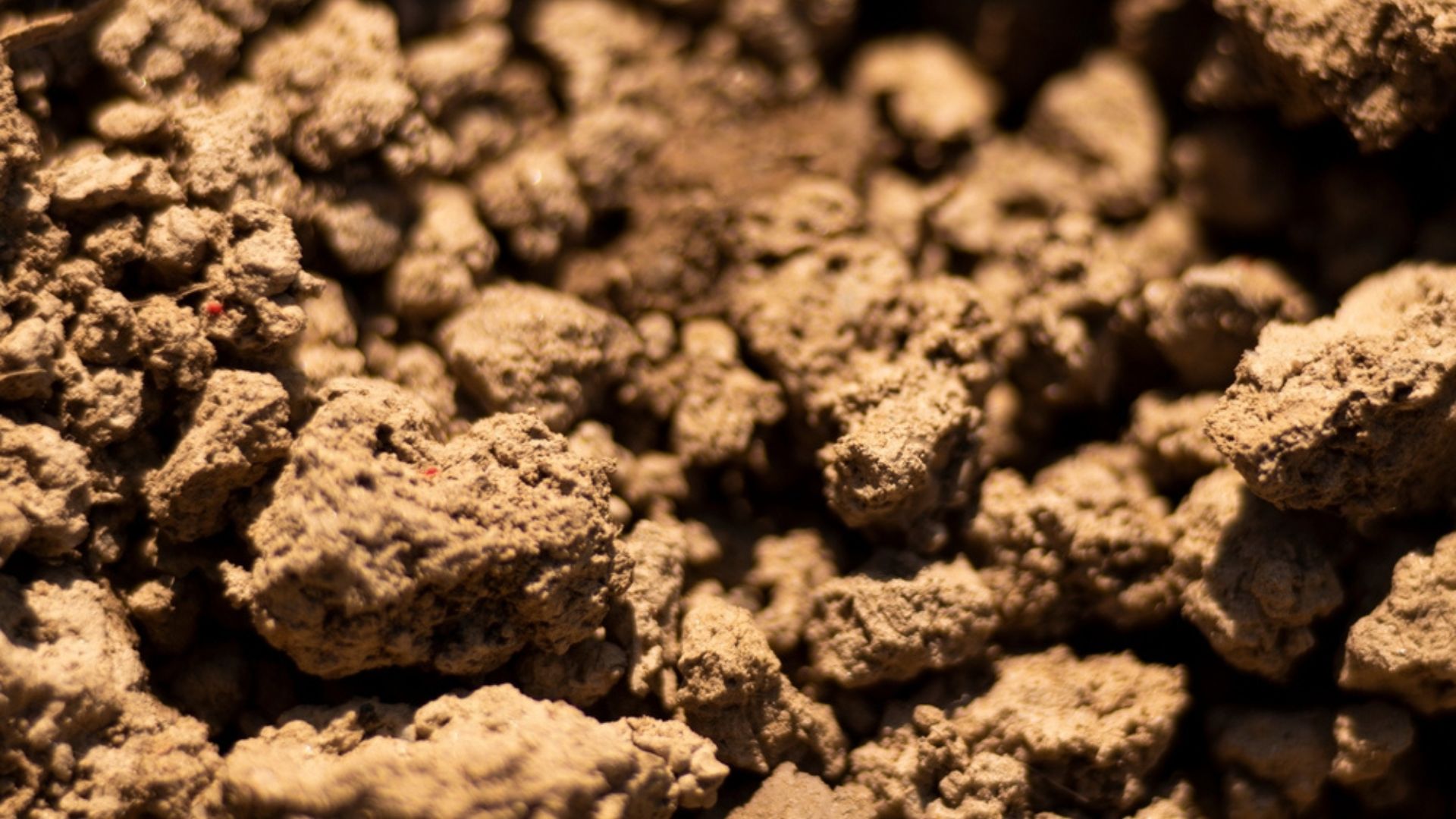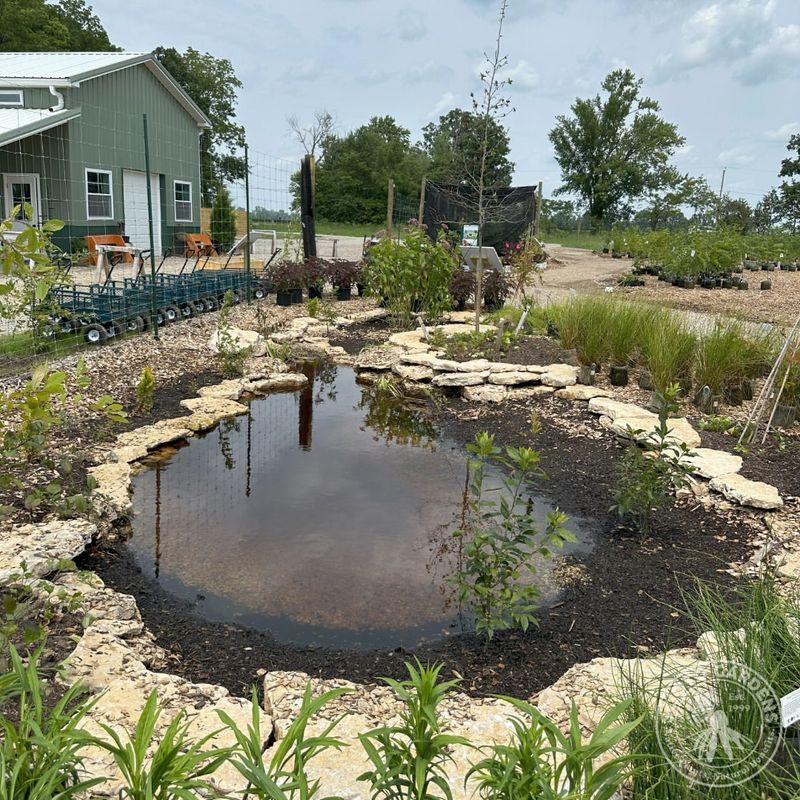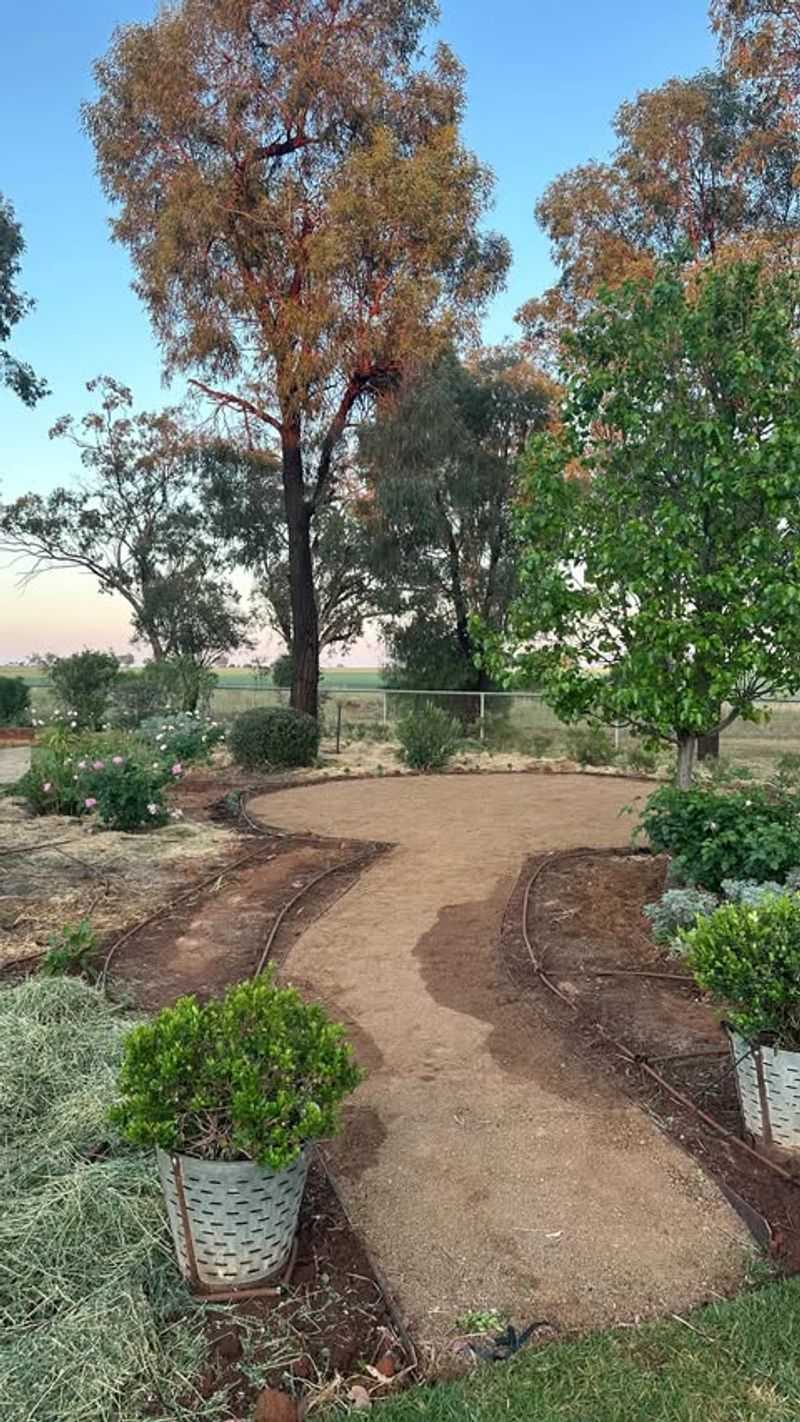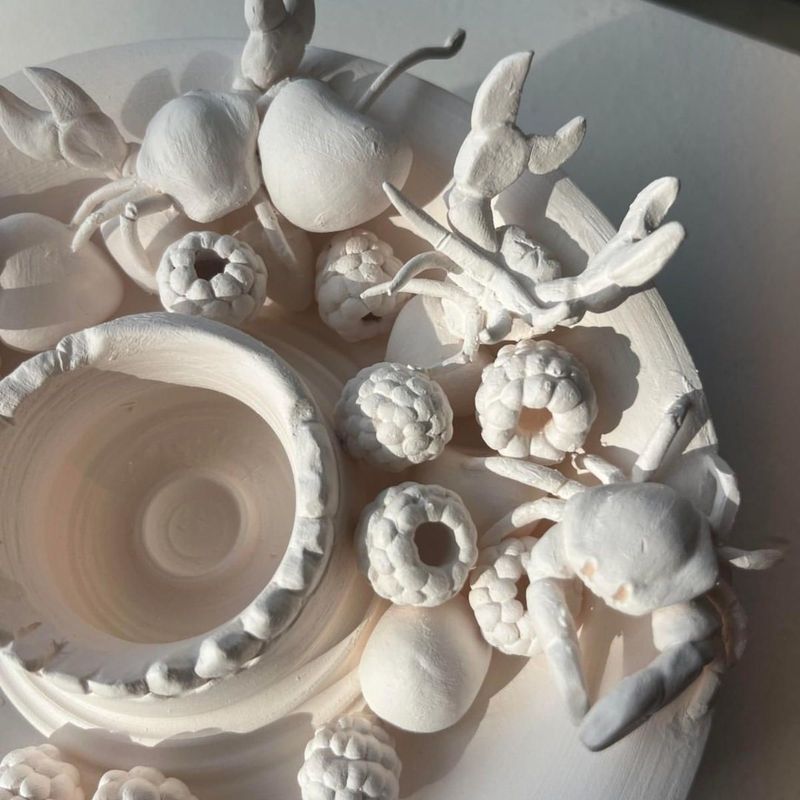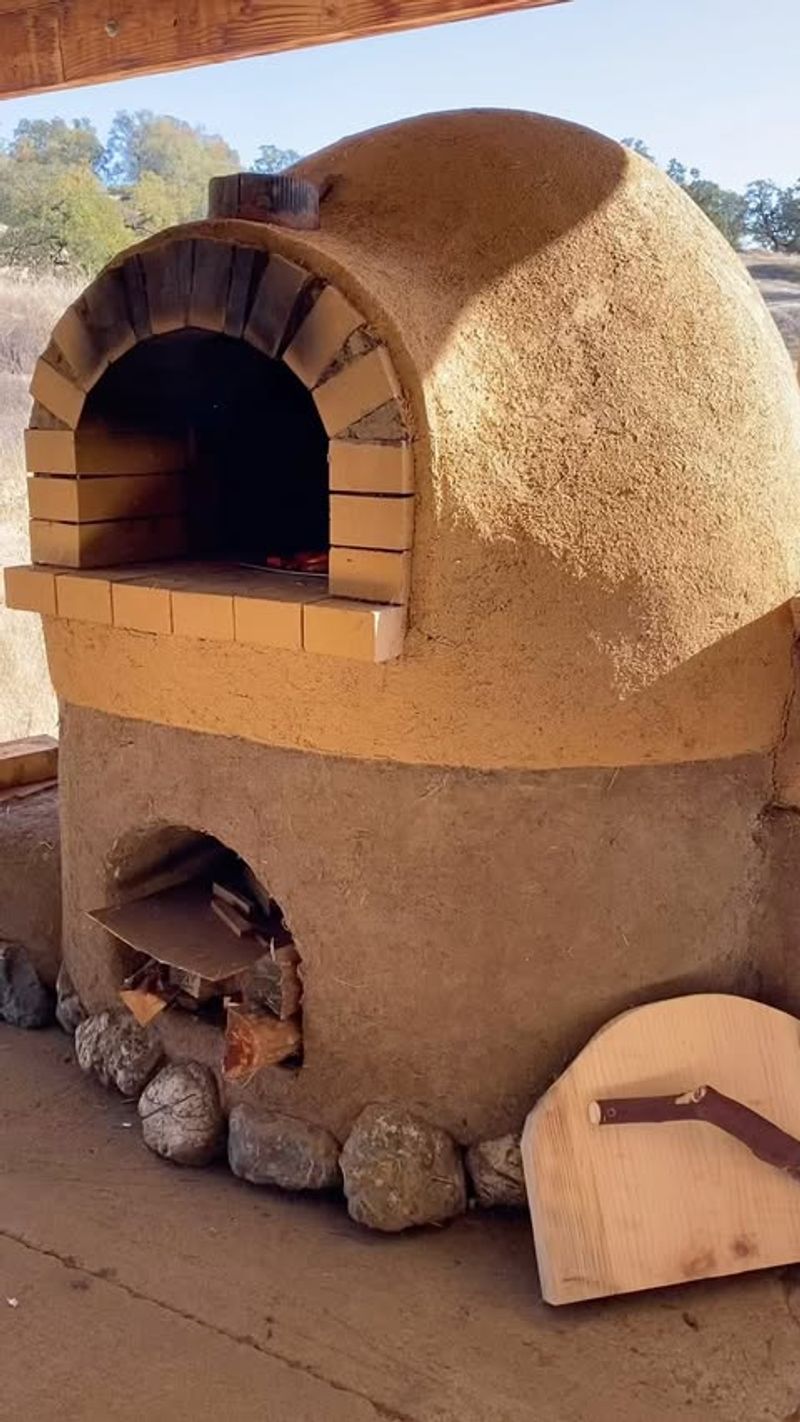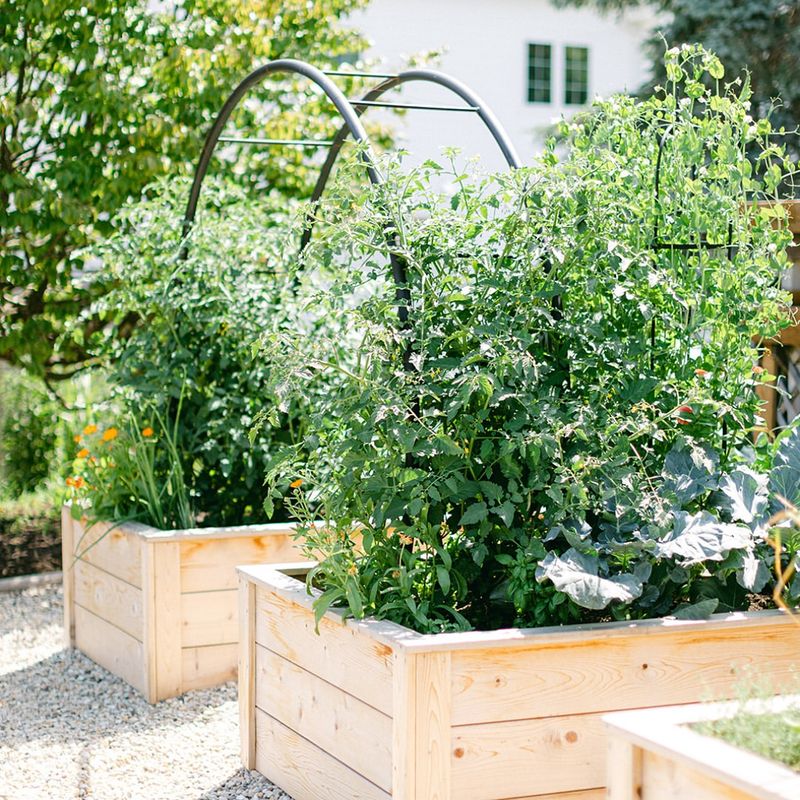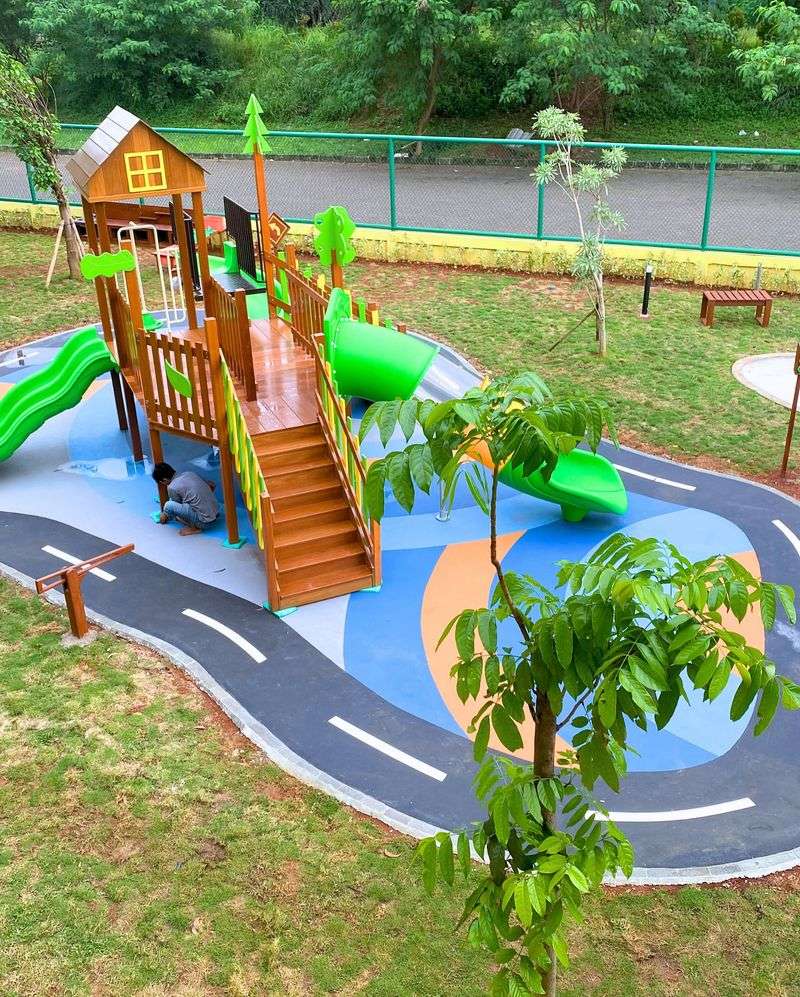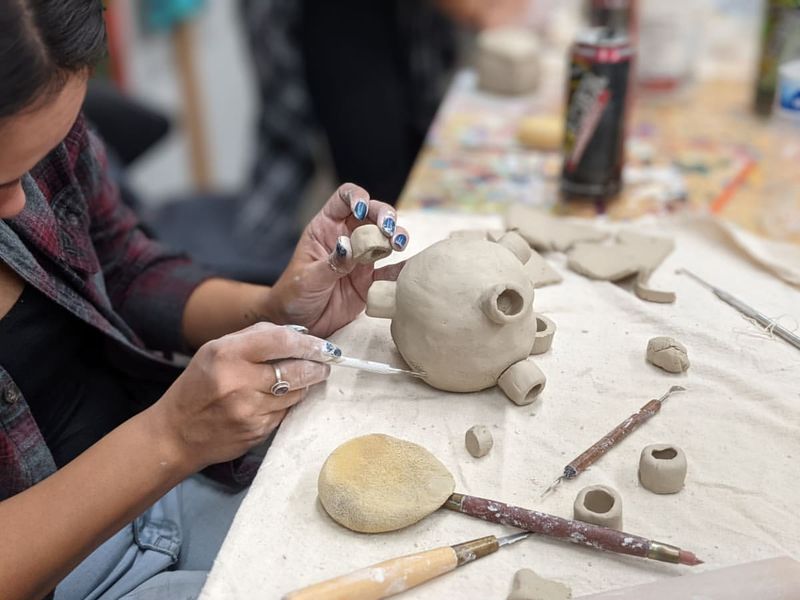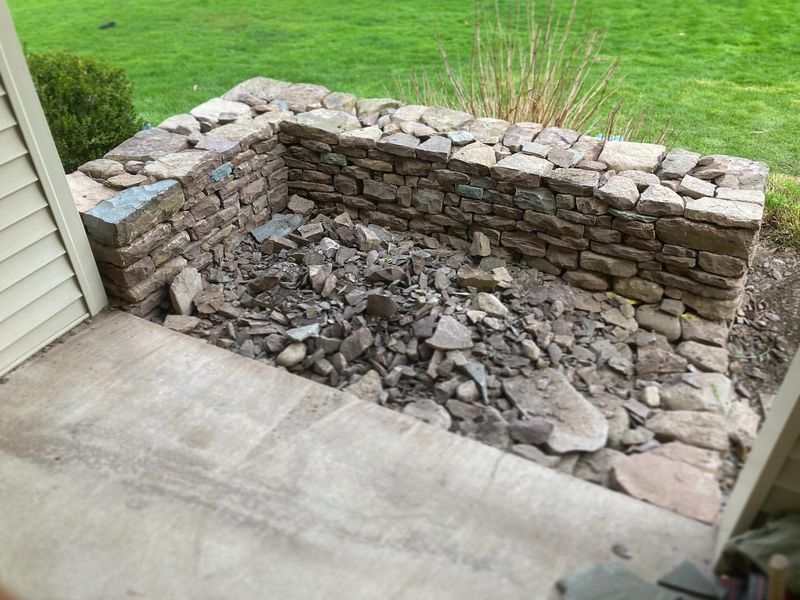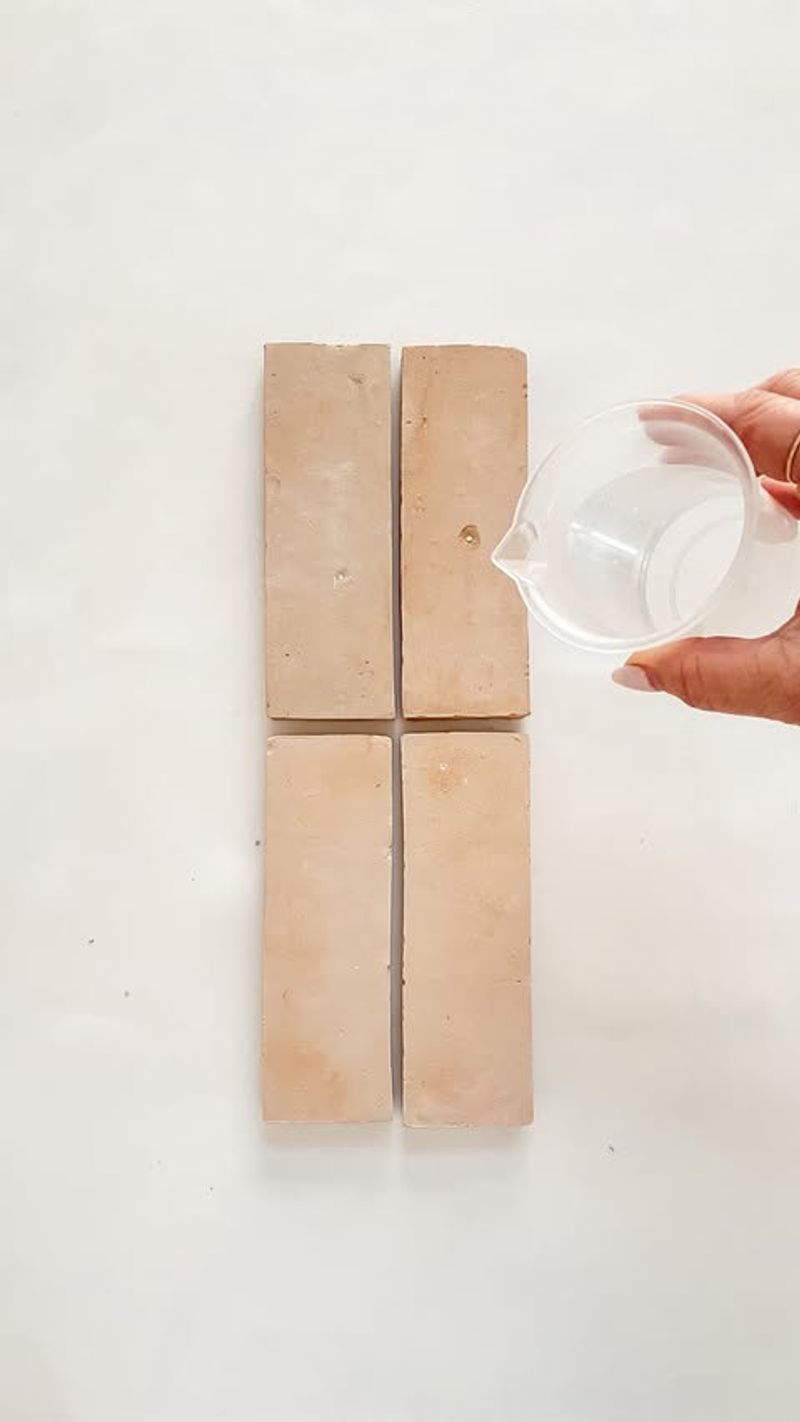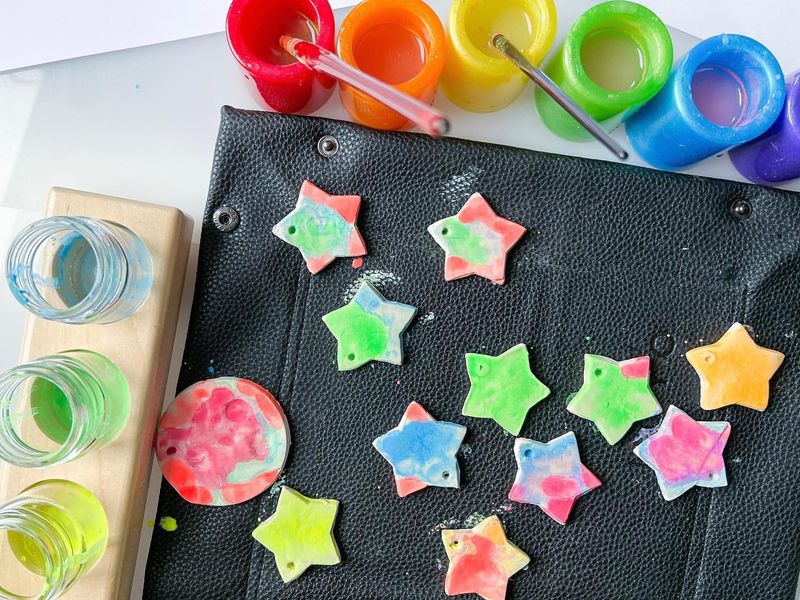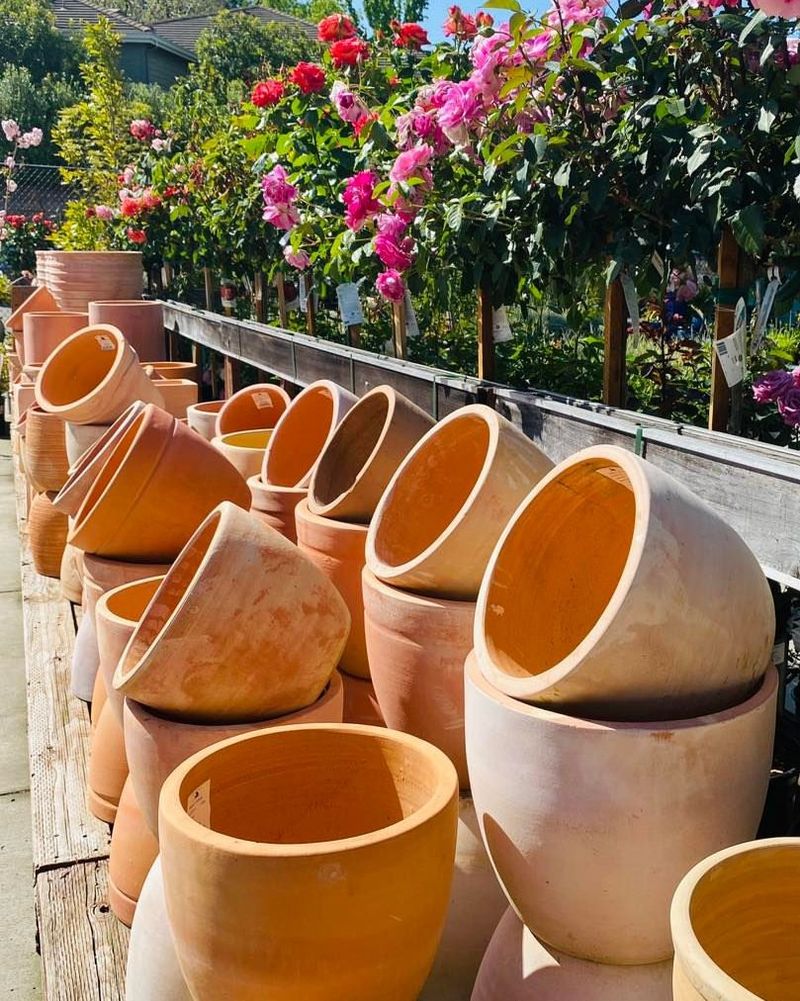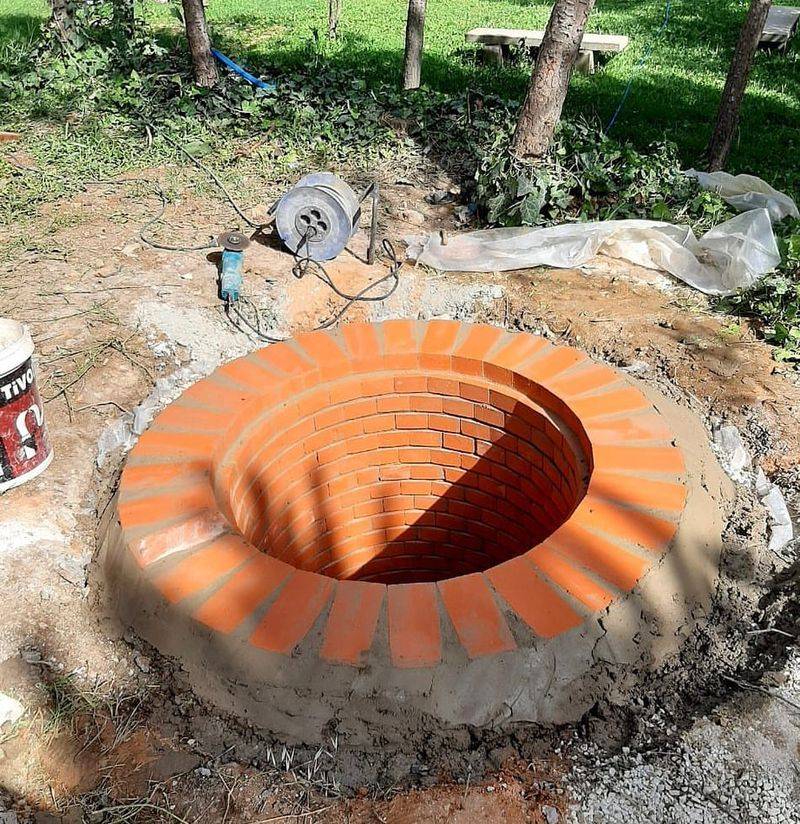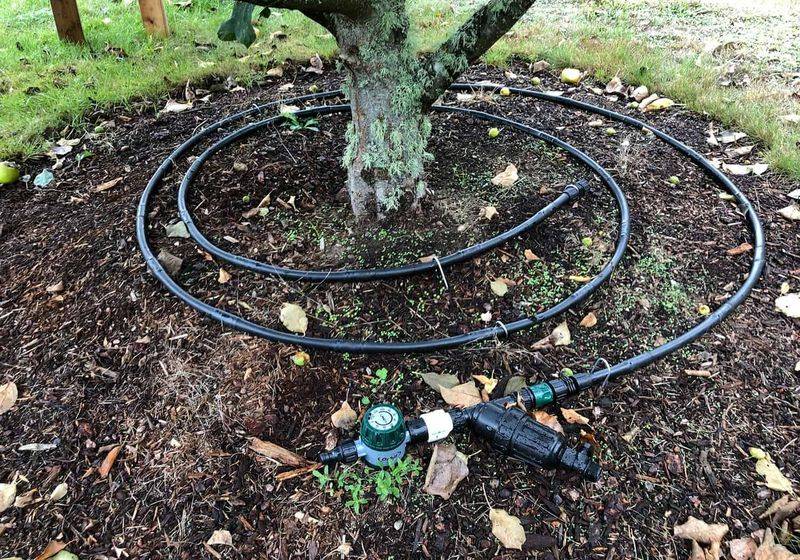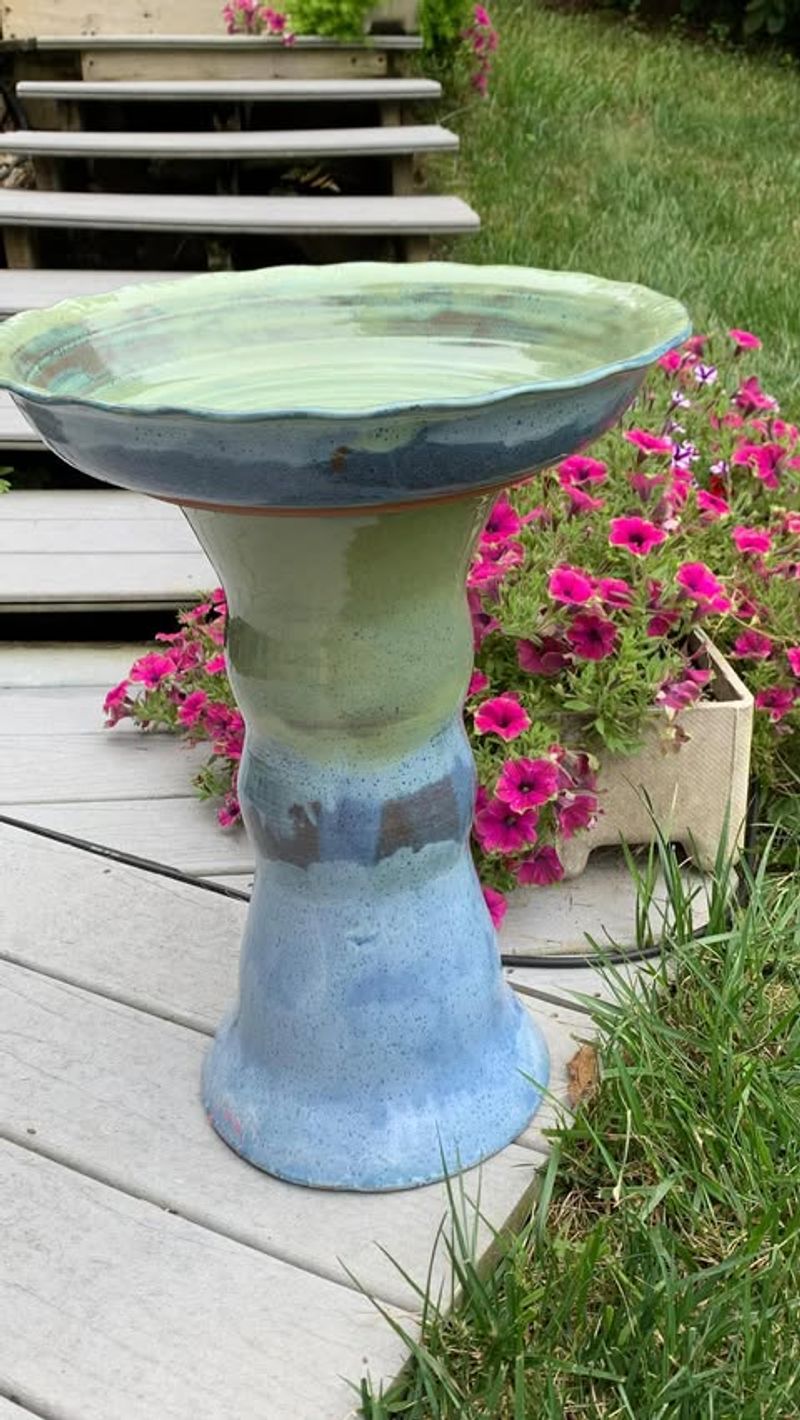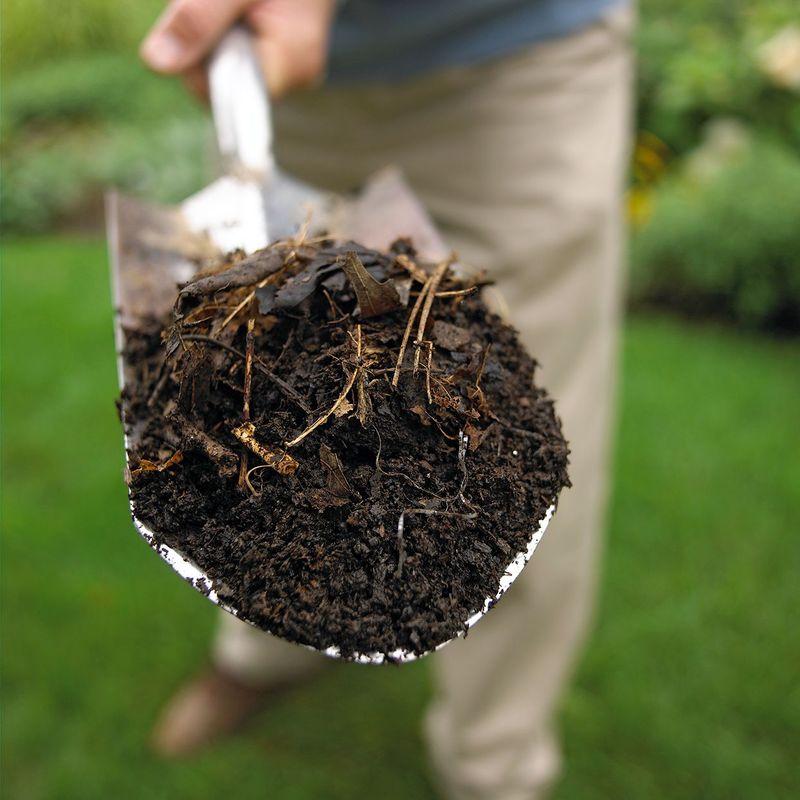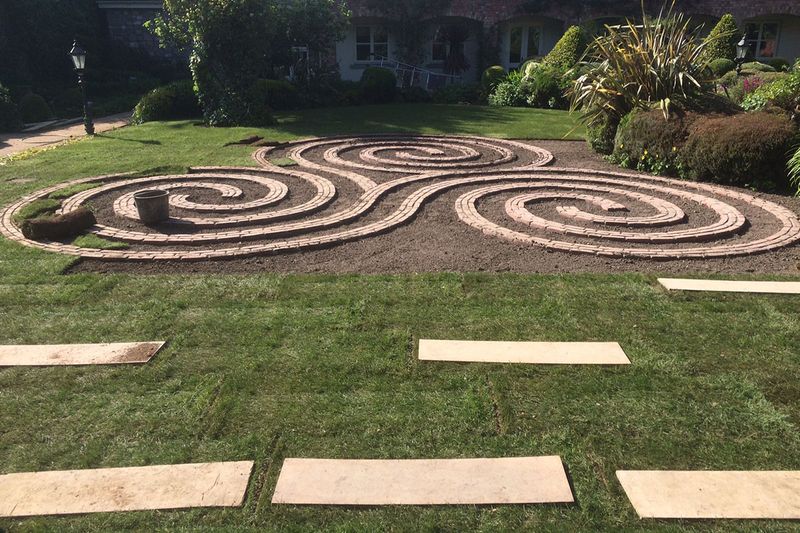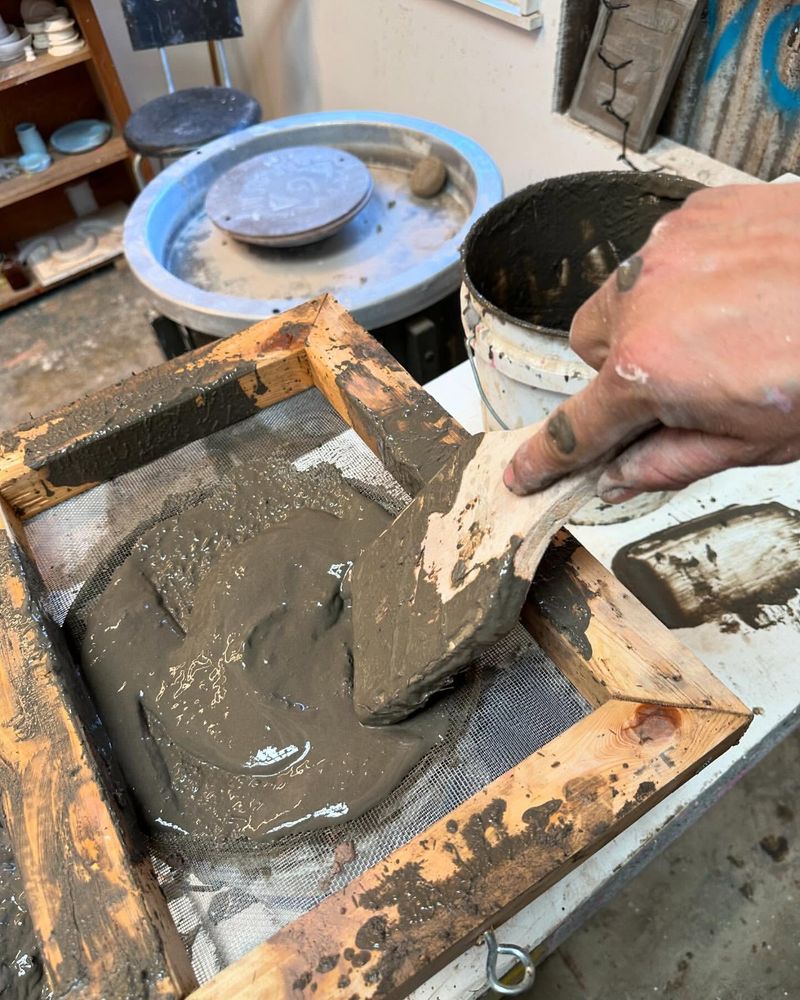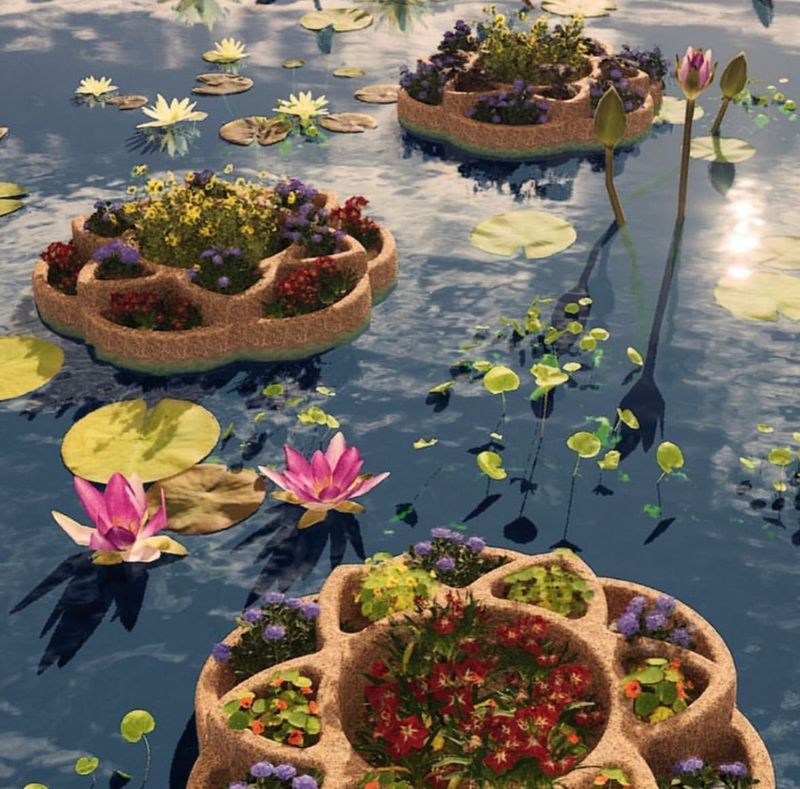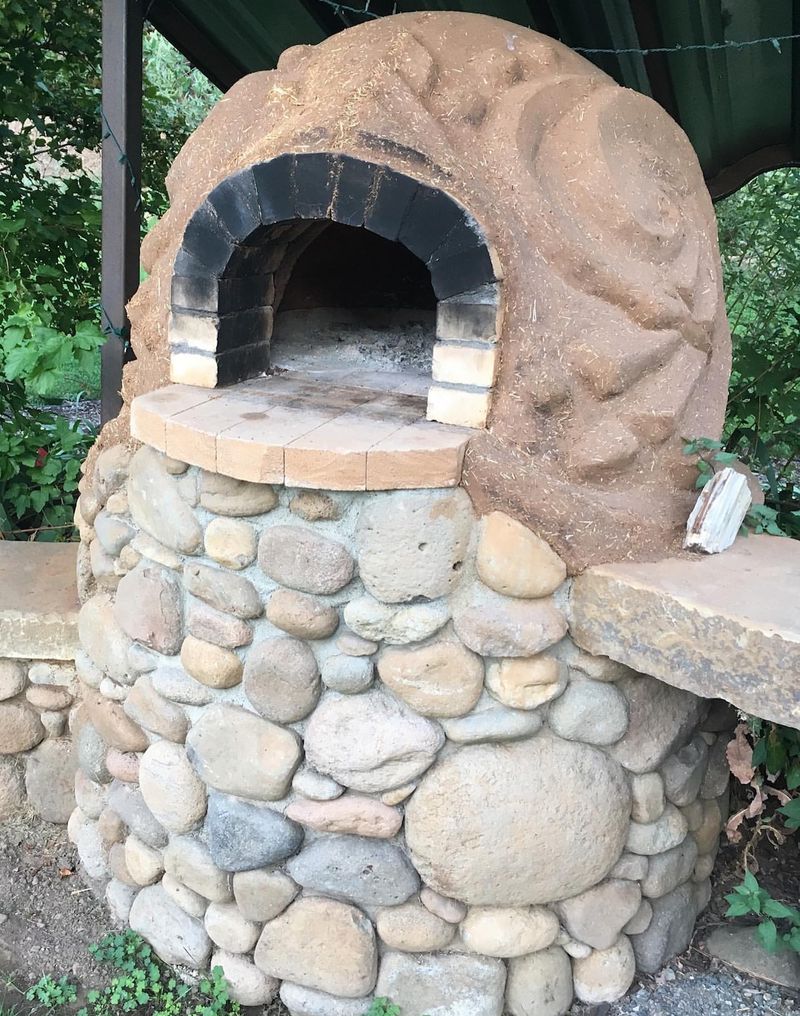Clay soil, often seen as a gardener’s nemesis, actually harbors hidden potentials that can transform landscapes when used wisely.
From boosting water retention to creating natural sculptures, clay offers unique opportunities to rethink gardening strategies.
1. Build a Natural Clay Pond
A natural clay pond can become a breathtaking focal point in your garden. Clay soil’s water-retentive properties make it ideal for creating a pond that maintains water levels with minimal effort. Select a spot that gets ample sunlight for a thriving aquatic habitat. Begin by excavating the pond area, ensuring the bottom layer is pure clay.
This ensures water retention and supports aquatic life. Incorporate native plants around the edges to enhance biodiversity and create a natural aesthetic. With patience and care, your clay pond will flourish, attracting various wildlife and providing a serene escape.
2. Create Clay Soil Paths
These paths exude a rustic charm, guiding visitors through your garden with elegance. The compact nature of clay soil makes it perfect for forming solid and enduring pathways. To ensure longevity, start by marking the path area and removing any existing vegetation.
Level the surface, compact the clay, and consider adding gravel or sand for improved drainage. Keep the path clear of debris to maintain its structure and prevent erosion. Regular maintenance will ensure your clay paths remain a charming feature, inviting exploration throughout the seasons.
3. Craft Clay Sculptures
Transform clay soil into stunning sculptures that can enhance your garden’s personality. Its malleability allows for creative designs, adding a unique artistic touch. Begin by envisioning your sculpture’s design and gathering the right tools for sculpting.
Wet the clay to achieve the desired consistency, making it easier to mold. Allow it to dry slowly in a shaded area to prevent cracking. Once dry, seal with a protective coating to withstand weather elements. Your clay sculptures will captivate visitors and provide a personalized charm to your outdoor space.
4. Use as a Natural Water Filter
Clay’s fine particles make it an excellent natural filter for water. This method can be employed for small-scale water purification, offering an eco-friendly solution. Create a simple filtration system by layering clay with sand and gravel in a container.
Pour water through the layers, allowing the clay to trap impurities. Regularly replace the clay layer to maintain filtration efficiency. This setup is ideal for watering gardens with cleaner water or as an educational tool for sustainable practices. Experience the satisfaction of utilizing clay’s natural properties for practical and environmental benefits.
5. Build Earthen Ovens
Unleash your inner chef with an earthen oven crafted from clay soil. These ovens are perfect for baking bread or pizzas, offering a unique culinary experience. Begin by choosing a well-ventilated outdoor spot and gathering clay and sand. Form a dome shape with the mixture, ensuring even thickness.
Let it dry slowly, then cure it by gradually heating the oven to harden the clay. Maintain the oven by occasionally patching cracks with fresh clay. Enjoy the rustic charm and delicious results from cooking in a traditional clay oven, impressing family and friends alike.
6. Create Raised Garden Beds
Raised garden beds filled with clay soil can improve moisture retention and root stability. These beds are particularly beneficial for regions with dry spells, providing plants with consistent hydration. Start by building a frame using wood or stones to contain the clay soil.
Ensure proper drainage by adding a layer of gravel at the bottom. Mix in organic matter to enhance soil fertility and structure. Regularly replenish nutrients for optimal plant growth. Your raised clay beds will support a variety of plants, offering a thriving and productive garden space.
7. Design Clay-Based Play Areas
Crafting play areas from clay soil can offer a natural and safe environment for children. Its soft yet sturdy nature makes it ideal for playground surfaces. Begin by leveling the area and removing sharp objects or debris. Use clay to create gentle slopes or mounds, enhancing the play space.
Regularly inspect the area for wear and restore surfaces with fresh clay. Engage the community in maintenance activities to foster a sense of ownership. These play areas provide children with a tactile experience, encouraging creativity and physical activity in a natural setting.
8. Construct Clay Pottery
Clay pottery is a timeless art form that combines creativity and functionality. Craft beautiful pots, vases, or decorative items using the abundant clay soil. Start by collecting and purifying the clay to remove impurities. Shape your pieces using traditional techniques or pottery wheels, adding personal touches.
Allow them to dry slowly before firing in a kiln for durability. Regularly experiment with designs to develop your style and skill. Handmade pottery adds a personal touch to your home and garden, reflecting your artistic journey.
9. Build Clay Retaining Walls
Clay retaining walls offer structural support and an aesthetic appeal. Their natural look can blend seamlessly with garden landscapes. Begin by planning the wall’s location, ensuring the ground is stable. Compact the clay soil to form solid layers, using stones for reinforcement.
Regularly check for erosion and apply fresh clay as needed. Incorporate drainage solutions to prevent water buildup behind the wall. These retaining walls will provide stability and a natural elegance, enhancing your outdoor space.
10. Utilize as a Natural Sealant
Clay’s natural sealing abilities can be harnessed for ponds and water features, preventing leaks. Its fine particles compact well to create an impermeable layer. Start by lining your water feature with a thick layer of clay, ensuring even coverage.
Add water slowly to allow the clay to settle and form a seal. Regularly inspect for gaps or erosion, adding more clay as necessary. This natural sealant offers an eco-friendly and cost-effective solution for maintaining water features, supporting a sustainable garden environment.
11. Make Clay-Based Paints
Harness the beauty of clay by creating earthy, natural paints for artistic projects. These paints offer a unique texture and color palette, perfect for eco-friendly art. Begin by drying and grinding the clay into a fine powder.
Mix with natural binders like linseed oil or egg yolk to create a smooth paint. Experiment with different clay types for various colors and textures. Regularly test your paints to achieve desired consistency and finish. Clay-based paints offer a sustainable and creative option for artists looking to connect with natural materials.
12. Create Clay Soil Planters
Designing planters from clay soil adds a rustic and earthy charm to your garden. These planters can retain moisture, keeping plants hydrated longer. Start by molding the clay into desired shapes, considering the plant’s size and growth habits.
Allow them to dry slowly to prevent cracks, then fire them in a kiln for durability. Regularly check for drainage issues and add holes if necessary. These handmade planters provide a unique and sustainable way to display your favorite plants, adding personality to any space.
13. Construct Clay Soil Fire Pits
A fire pit constructed from clay soil can serve as a cozy gathering spot. Clay’s heat-resistant properties make it an excellent choice for fire pits. Choose a well-ventilated area and clear it of flammable materials. Shape the pit by compacting the clay into a circular or square form.
Regularly inspect for cracks and repair with fresh clay to ensure safety. This rustic fire pit will enhance your outdoor space, providing warmth and ambiance for social gatherings under the stars.
14. Design Clay-Based Irrigation Channels
Clay soil can be used to create efficient irrigation channels, guiding water to plants in need. Its water-retentive nature prevents excessive runoff, maximizing water use. Start by planning the channel layout, ensuring a gentle slope for water flow.
Compact the clay to form the channels, layering with sand for improved drainage. Regularly clear debris to maintain flow and inspect for leaks. This irrigation system supports sustainable water management, promoting healthy plant growth and reducing waste in your garden.
15. Craft Natural Clay Bird Baths
A bird bath crafted from clay soil can attract a variety of avian visitors to your garden. Its natural look complements outdoor settings, providing birds with a refreshing retreat. Begin by shaping the clay into a shallow basin, ensuring a gentle slope for easy access.
Allow it to dry slowly to prevent cracks, then seal for durability. Regularly clean and refill the bath to keep it inviting for birds. This clay bird bath will bring life and movement to your garden, delighting bird watchers and nature enthusiasts alike.
16. Develop Clay Soil Compost Tumblers
Clay soil can be used to create compost tumblers, enhancing decomposition processes. Its insulating properties maintain optimal temperatures for microbial activity. Begin by constructing a sturdy frame, layering clay with organic materials inside.
Regularly rotate the tumbler to aerate the compost and speed up decomposition. Monitor moisture levels and add water or dry materials as needed. This clay compost tumbler supports sustainable gardening practices, reducing waste and enriching your soil with nutrient-rich compost.
17. Build a Clay Soil Meditation Labyrinth
Designing a meditation labyrinth from clay soil can offer a peaceful retreat in your garden. Its natural materials blend seamlessly with the landscape, promoting mindfulness and relaxation. Choose a quiet area, mapping out the labyrinth’s path with compacted clay.
Incorporate stones or plants as markers along the way. Regularly maintain the path to keep it clear and inviting. Walking the clay labyrinth encourages reflection and tranquility, providing a serene escape from daily stresses.
18. Form Natural Clay Soil Art Canvases
Creating art canvases from clay soil can provide a unique and tactile medium for artists. The earthy textures and tones add depth and character to artworks. Begin by preparing a flat surface, layering with clay to form a smooth canvas.
Allow it to dry slowly, ensuring it remains crack-free. Experiment with natural pigments and tools to explore different techniques. This clay canvas offers artists a sustainable and organic platform for creative expression, connecting art with nature.
19. Design Clay-Based Water Gardens
Clay water gardens can transform spaces into tranquil oases, supporting aquatic life. Clay’s water-retentive properties make it ideal for creating small ponds or water features. Select a location with partial sunlight and excavate the area, layering with compacted clay.
Add aquatic plants and consider a gentle water flow for movement. Regularly maintain the garden, removing debris and checking water levels. These water gardens offer a serene escape, bringing the soothing sounds and sights of water to your outdoor environment.
20. Build Clay Soil Pizza Ovens
A pizza oven made from clay soil combines culinary delight with rustic aesthetics. Clay’s heat retention makes it perfect for baking pizzas to perfection. Choose a sheltered outdoor spot and gather clay and sand. Mold the oven into a dome shape, ensuring even thickness.
Allow it to dry slowly, then cure by firing for durability. Regularly inspect for cracks and repair with fresh clay. This clay pizza oven will become a centerpiece for outdoor gatherings, offering delicious homemade pizzas with a touch of authenticity.

